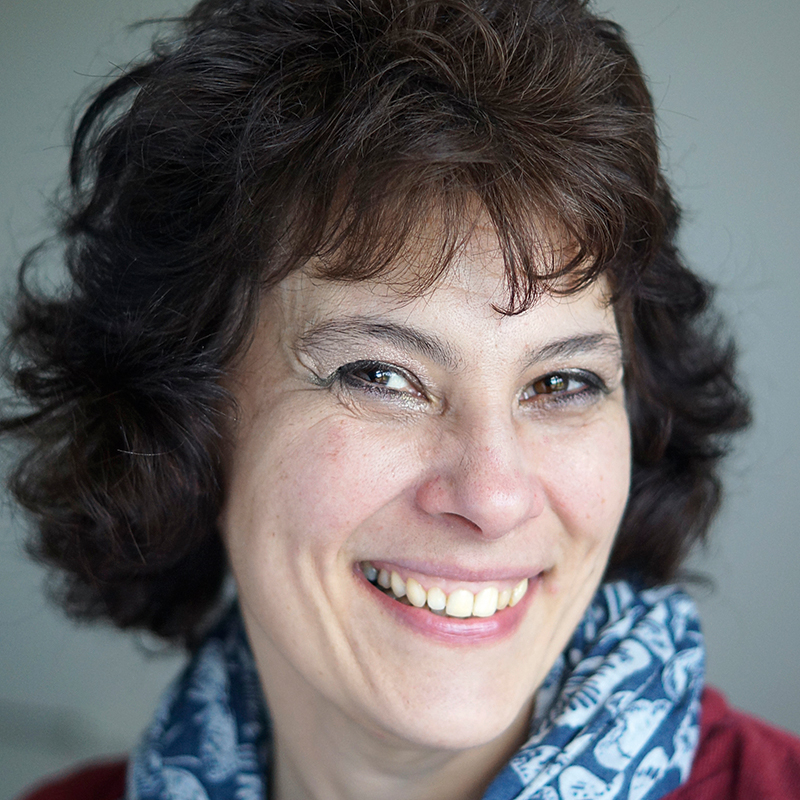In this post we chat to Leslie Levy (who has our dream job, working at the International Quilt Study Center & Museum in Nebraska) about the museum's collection and reveal a preview of some of the amazing Baltimore Album Quilts, which were on display at the 2019 Festival of Quilts. Leslie's here to talk about why she loves vintage quilts, share a behind-the-scenes look at the museum where she works and to spills the beans about the museum's plans for the Baltimore Album Quilts exhibition at The Festival of Quilts in 2019. We're kick starting this post with a quilt gallery of Baltimore Album designs from the Museum's collection, and read on for our Behind the scenes interview with Leslie to talk about the museum that's home to five centuries of vintage quilts from all around the world.All photographs in this post are shared with permission from The International Quilt Study Center & Museum. Main image (above): Baltimore Album possibly made by Martha Ann (Poulton) Millikan.
Harvest inspiration
Beautiful, rich traditional blooms appear as if naturally framing the central motifs, set and point and filled with natural details and flowing shapes.
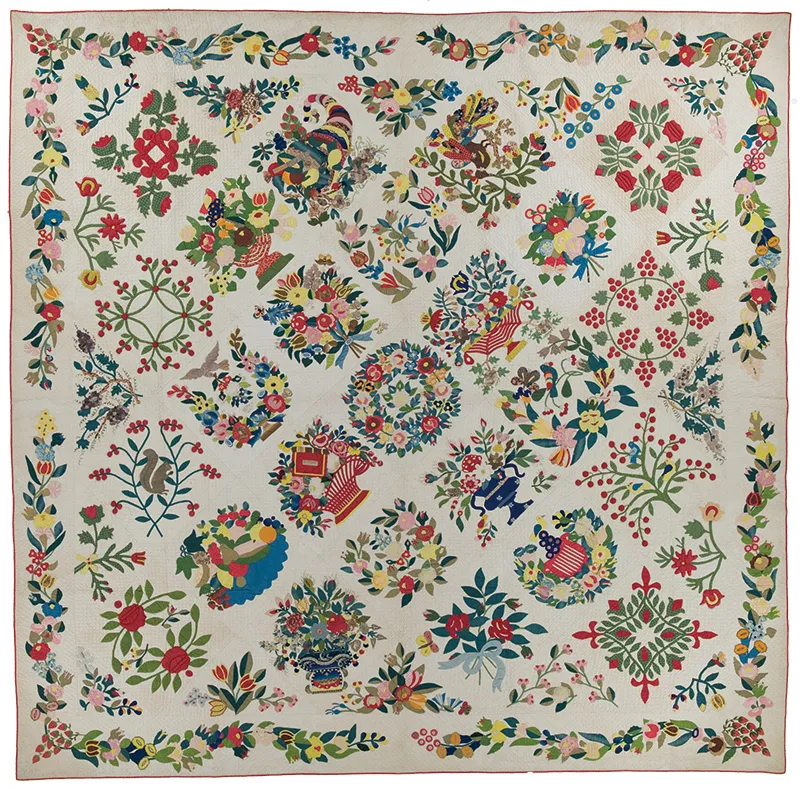
Two-tone colours combine with a floral border
While some of the designs in this gallery include sashing between the individual blocks and the border, this design confidently sets the elements against the white space surrounding them. The composition is held together with its green and red colour scheme and in the flowing shapes of the different blocks as they are arranged alongside each other.
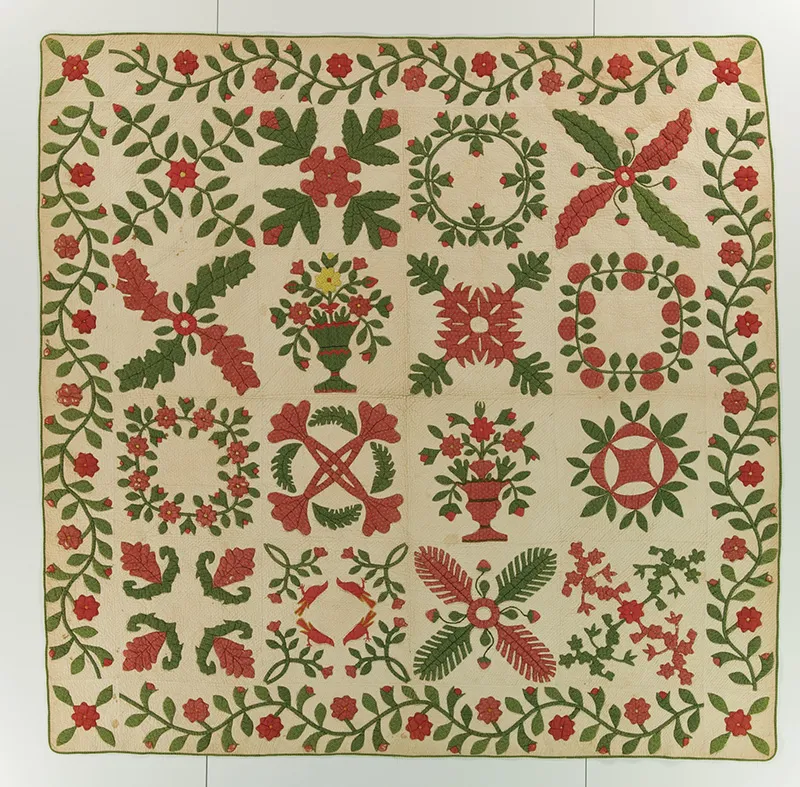
16 quilt blocks to explore
We love how the green patchwork border in this quilt contrasts with the bright red sashing strips that frame the individual blocks. Each of the 16 squares includes intricate floral motifs to make this a striking example of the creativity of heritage Baltimore Album designs.
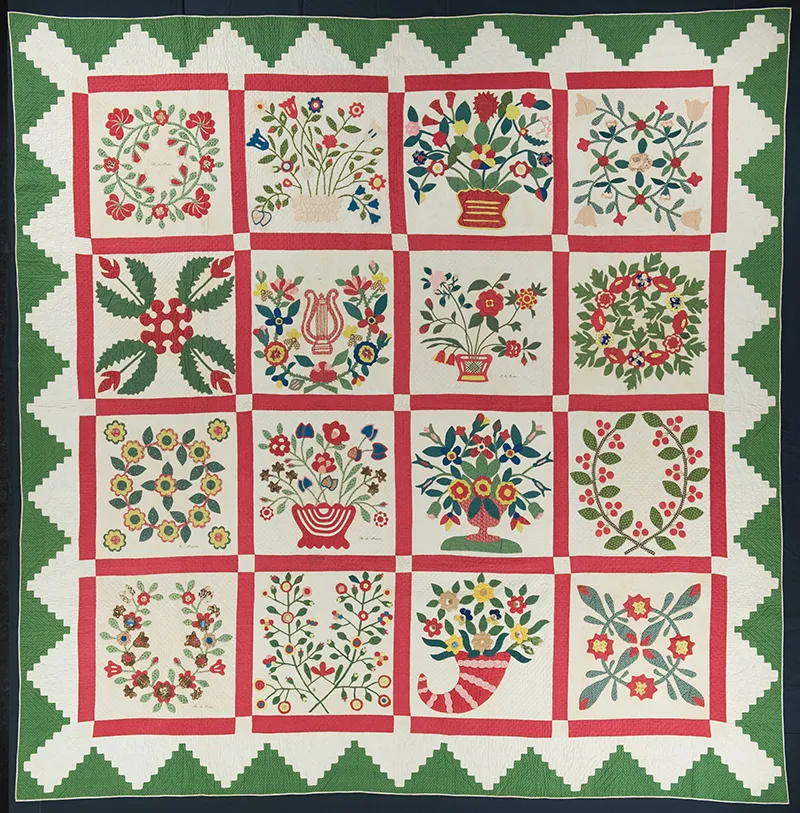
So much detail to delve into!
The maker or makers of this beautiful Baltimore Album quilt has stitched elaborate floral elements with a set of core design motifs reappearing but with a different twist in different places. We could stare at it for hours.
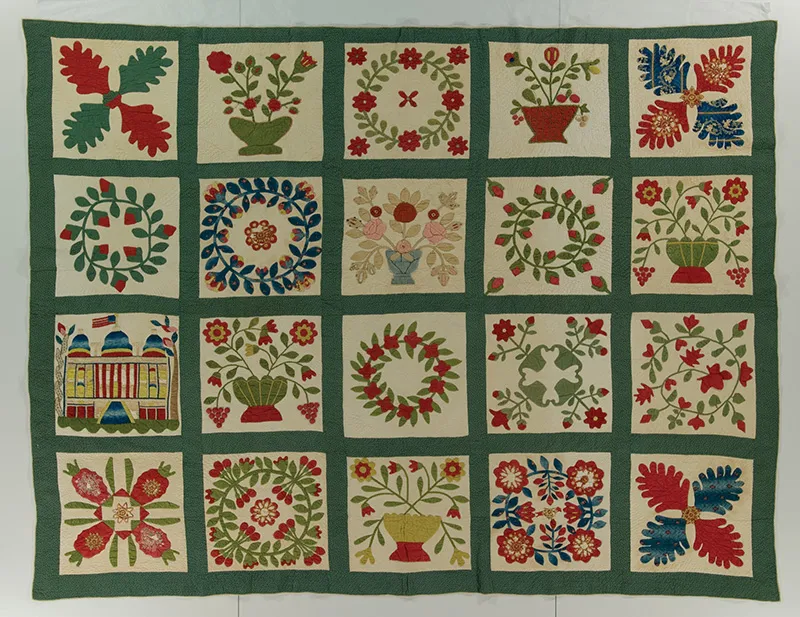
Bold blooms
The strong colour palette and striking use of sashing and borders bring the intricate elements of this quilt top together.

Negative space used for big impact
We've seen a variety of approaches to framing the individual elements of the Baltimore Albums in this gallery but our favourite might just have to be this use of white space to let the different shapes stand out. Plus the ship in the bottom right is fascinating.
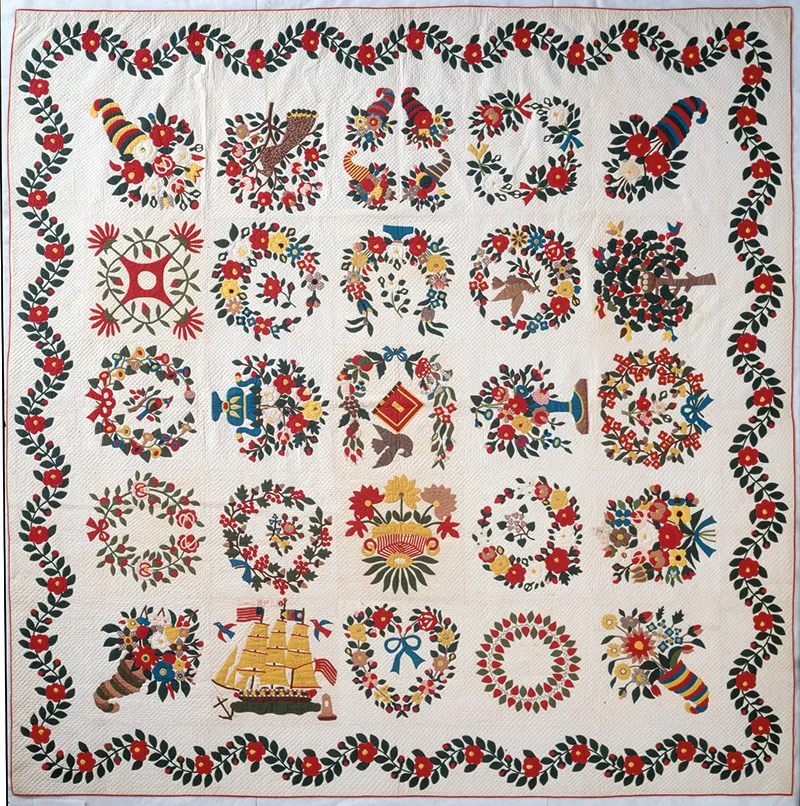
Behind the scenes at the International Quilt Study Centre & Museum
For those of us that haven’t visited the museum, can you give us a whistle stop tour?
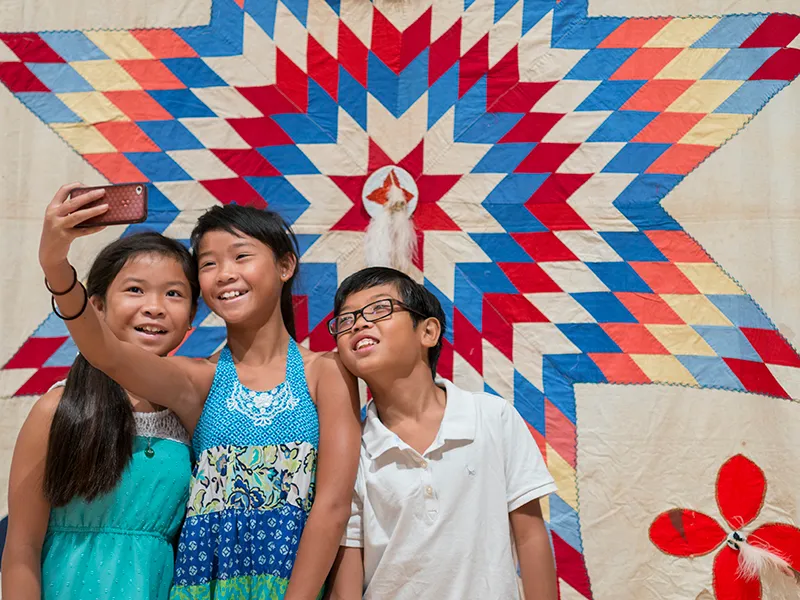
When touring the IQSCM, visitors have an opportunity to see a wide variety of quilts and quiltmaking traditions. Our collection spans five centuries, has quilts from more than 55 countries, and a growing number of art quilts. When you visit the museum, you have an opportunity to sample that variety. The building itself is also beautiful. Designed with quilts in mind, you can look for them in the architecture. You can also watch this video to take a quick virtual tour:
Have you been to The Festival of Quilts before?
Yes. I was there in 2017. It was my first time and I was very impressed with everything from the exhibitions, the lectures, vendors and overall organisation. It made for a wonderful time.
What are you looking forward to seeing this summer?
The Gallery exhibitions are always inspiring, and I am looking forward to seeing the new and innovative quilts from those artists with which we are familiar; it is always inspiring to see Competition quilts and marvel at the artistry. I am definitely interested in viewing the Japanese Pavilion!
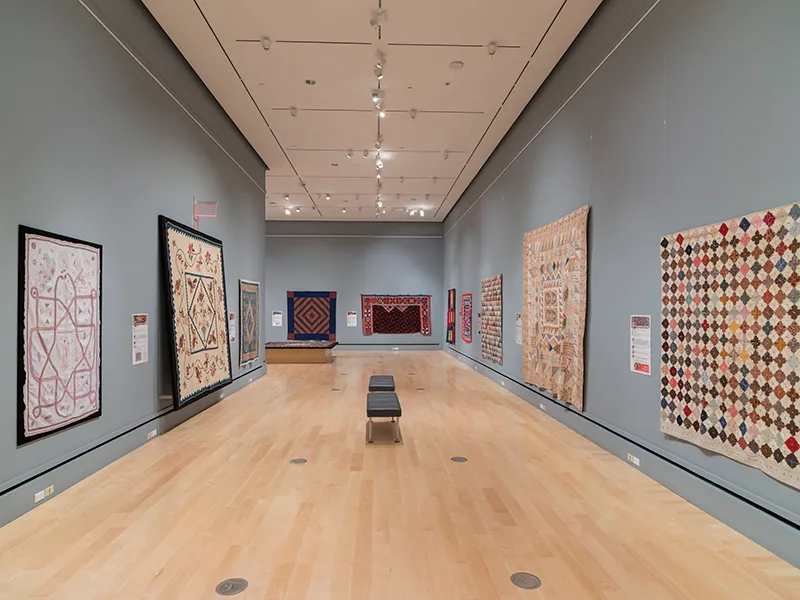
How important is the Museum to quilting’s history?
Any opportunity to document history and provide a place where you can care for and preserve that history is a vital part of our culture. We feel really proud to do that internationally. Not only are we preserving our past, but we are documenting our present. It’s our challenge and our honour.
What would you say quilts have to tell us about society and culture?
The exciting thing about quilts is that they can address every social and cultural element. There’s something about the need and desire for cloth that reaches all of us across time.
You’re bringing a fascinating collection of Baltimore Album Quilts to The Festival of Quilts from the 1840s and 50s. What can visitors expect from this collection and what’s the historical significance of these quilts?
Baltimore album quilts are so unique and have an amazing story. They are technically strong pieces. We believe they were group projects made by one person who was evidently greatly skilled and helped others maintain a high standard in their workmanship. The University of Nebraska-Lincoln, where the IQCSM is based, offers a degree in Textile History with a quilt studies emphasis – the only program of its kind in the world.
Why do you think quilting has such a low profile in postgraduate education?
Quilts can be studied from historical, socio-political, economic, technological, and design perspectives, and so on. The trend towards interdisciplinary methods and approaches is growing. Although quilt studies has had a low academic profile to date, it fits well with the field of material culture studies. At the museum and the university, we aim to work with undergraduate and graduate students who have an interest in quilts, whether that's through formal class delivery or internships and research projects. We also broadcast our research as widely as possible – to academics and non-academics alike – through exhibition publications and websites such as World Quilts at www.worldquilts.quiltstudy.org.
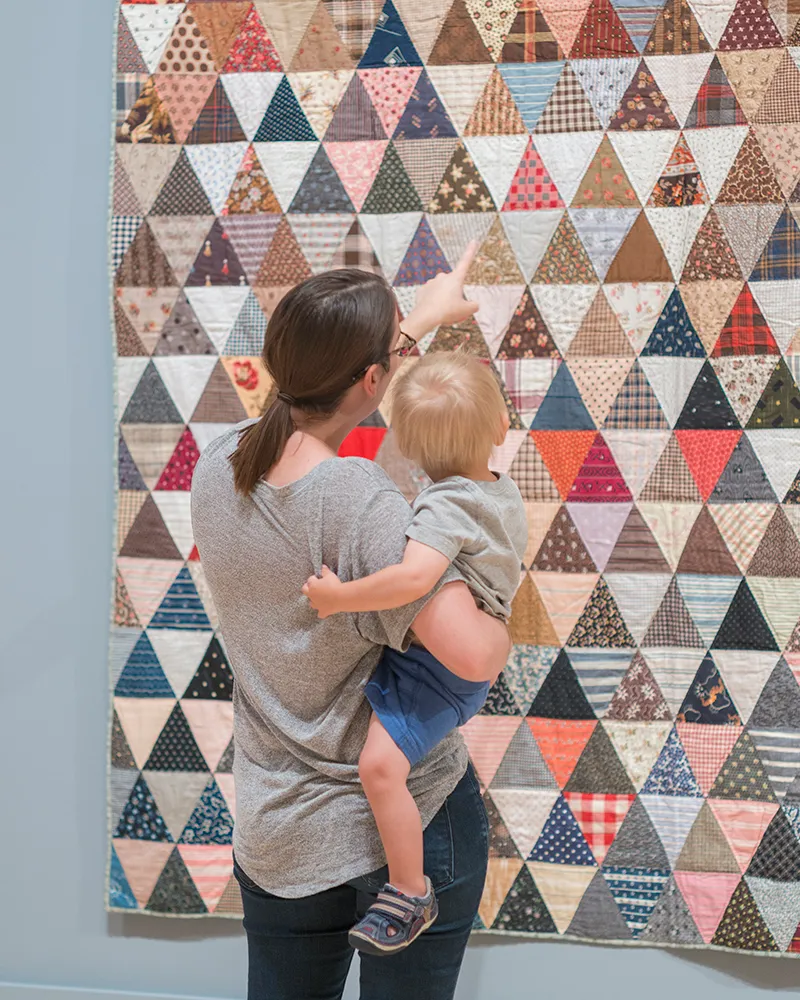
The Museum’s collection of quilts spans five centuries. Can you tell us about the oldest quilts you have in the collection and their relationship with quilts of today?
The oldest quilts in our collection are a pair of silk whole-cloth quilts that were probably made in the 1600s along the Mediterranean. The whole-cloth quilt is a standard style. The use of quilting as intricate design elements – whether in whole-cloth or patchwork quilts – is something we see makers doing today, particularly by long-arm machine quilters.
The Museum also represents quilt making traditions from all over the world. Do you see distinct differences in techniques from different parts of the world?
We see patchwork, appliqué, and quilting techniques around the world. There are differences in how they are performed and how the textiles are used. For example, in many parts of the world, from North America to Europe to Africa to Asia, quilting is both a practical and decorative component of clothing. Also, studio art quilts are made worldwide, meaning that quilts are more frequently seen on walls around the world than they ever were in the past.
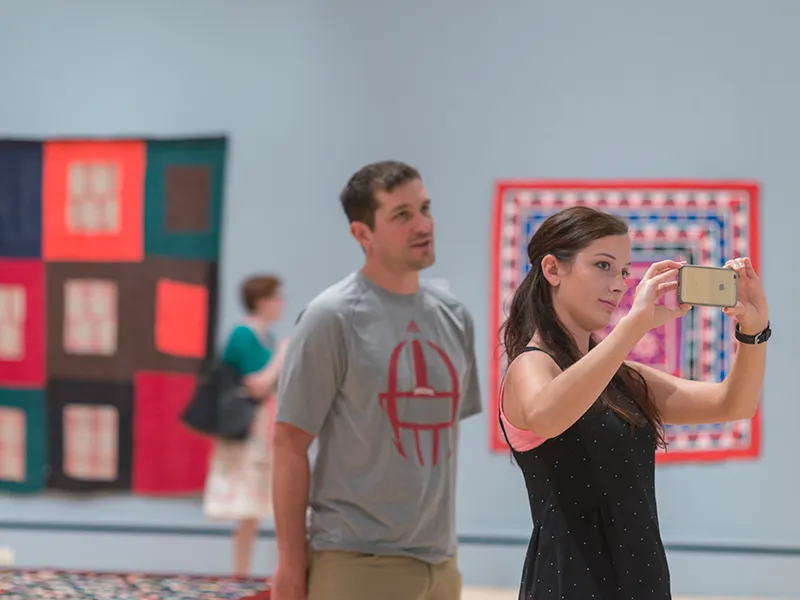
Which quilt artists do you think are making exciting work right now?
So many. Right now, the innovative techniques and materials we see quiltmakers using today are redefining what we understand as quilts. This year we were thrilled to add two of Michael Cummings’s quilts to our collection and he embodies all of those things.
Are you a quilter yourself?
I am not. Are you surprised? My mother was a quilter and also had an antiques business when I was young, so was introduced to beautiful, intricate quilts early on. I learned much from her collections, and just listening as collectors, enthusiasts and quilters discussed quilts with her. We always had beautiful quilts on our walls, or on our beds. Leslie
Levy is the Executive Director of the International Quilt Study Center & Museum at the University of Nebraska.

